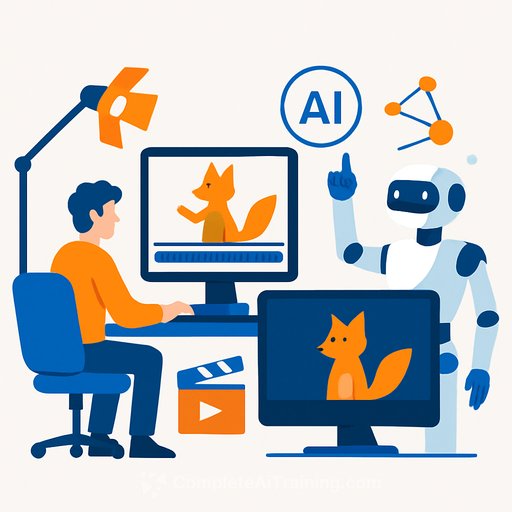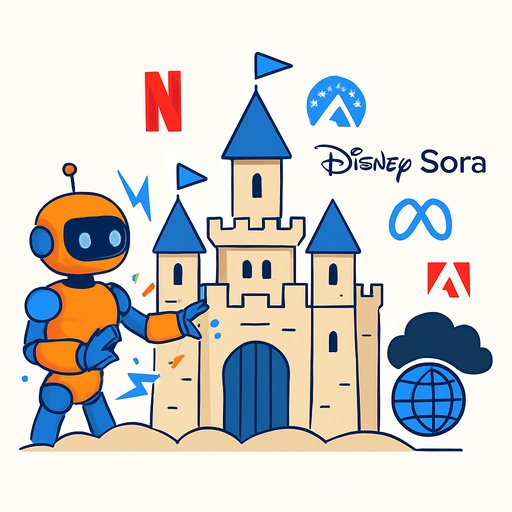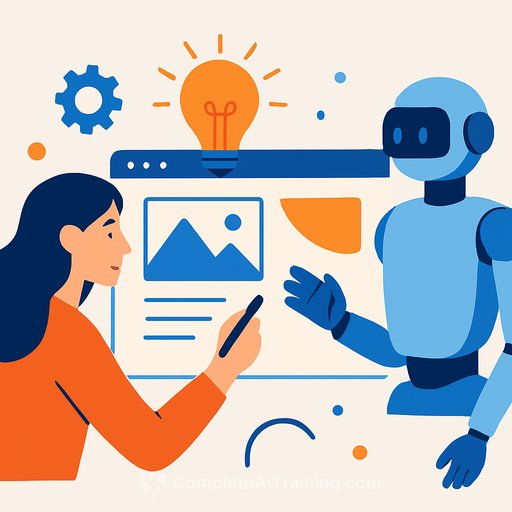The Future of Animation: Embracing Real-Time Technology and AI
Animation creatives face increasing pressure: tighter budgets, faster deadlines, and growing demand for content usable across multiple platforms. Traditional animation pipelines, with their lengthy processes and slow feedback loops, no longer meet these needs. To keep up, teams must rethink how they work and adopt new tools like real-time production engines and AI-powered workflows. These technologies give artists more freedom to move quickly, collaborate smoothly, and focus on storytelling without being bogged down by old infrastructure.
Breaking with Tradition
Most animation pipelines split tasks across different teams and software, relying heavily on offline rendering. This causes long waits for feedback, increasing costs and limiting creativity. Real-time engines, such as Unreal Engine, offer a more integrated approach where modeling, rigging, animation, lighting, and rendering happen in one environment. This reduces handovers and speeds up decision-making. Artists can see changes immediately, test ideas on the spot, and iterate without worrying about render delays or added expenses.
AI: A Creative Support Team
AI is often misunderstood as a replacement for artists, but its real value lies in amplifying human creativity. When used thoughtfully, AI can handle repetitive or early-stage tasks, freeing artists to focus on higher-level creative work. For example:
- Concept artists can quickly generate visual ideas for characters, props, or environments.
- Story teams can produce previsualization assets faster.
- Designers can explore multiple iterations before finalizing a look.
Artists should guide AI tools to maintain quality and creative intent. Large studios often train AI on their own content libraries, creating customized tools that align with their style and standards. This targeted automation speeds up production without sacrificing consistency.
From Solo Creators to Scaled Studios
Real-time tools and AI empower independent creators and small studios to produce animation on par with larger operations. This new model prioritizes flexibility, experimentation, and speed. Larger studios may hesitate to transition due to legacy systems or the scale of change, but the advantages of unified workflows are becoming too significant to ignore in a competitive market.
Removing Barriers
These technologies are lowering entry barriers for animation, making it more accessible to a wider range of creators. Content platforms—from streaming services to social media—are hungry for fresh animation, and flexible workflows help meet that demand. Plus, as audiences seek more immersive and interactive experiences, content created in real-time engines can easily adapt across formats. For instance, a character designed in Unreal Engine today could become a VR experience, a game avatar, or a mobile AR filter tomorrow, without rebuilding from scratch.
The Next Chapter
The core of animation remains storytelling, artistry, and collaboration. What’s changing is how quickly and smoothly teams can bring these elements to life. Whether you’re a solo artist or part of a large team, embracing real-time technology and AI workflows prepares you for a more agile and accessible future in animation.
For creatives looking to expand their skills in AI tools and workflows, exploring dedicated courses can be a practical next step. Resources like Complete AI Training’s latest AI courses offer focused learning paths to help integrate AI effectively into creative workflows.
Your membership also unlocks:






